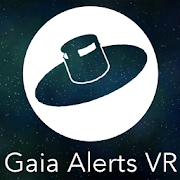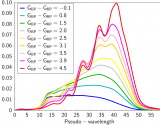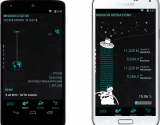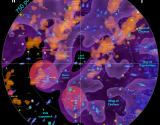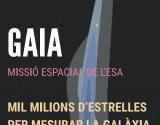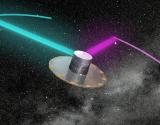Here is shown a set of 3 mobile applications that are closely related to the Gaia mission of the ESA.
The Gaia mission App allows you to discover the details of Gaia, the cornerstone astrometry mission of the European Space Agency (ESA) to survey our Galaxy. The main goal of the Gaia mission is to make the largest, most precise three-dimensional map of our Galaxy by surveying an unprecedented one per cent of its population of 100 billion stars.
Delivering interesting and scientifically accurate information to the general public is a challenge. The Gaia Mission app is an interactive application for mobile devices designed to discover the details of the Gaia mission. All aspects of the mission are covered, from technical issues to the science behind it. The application is designed to keep users engaged during the whole mission and build interest on the mission achievements while stimulating enthusiasm for astronomy. Combined, the two platforms capture 96% global market share. The application is currently available for iOS and Android, in English, Spanish and Catalan.
Interactive and multimedia contents. The app features an interactive 3D model of the satellite, multimedia content and interactive elements designed to explain complex concepts. Topics cover all aspects of the mission, from stellar parallax or exoplanets detection to focal plane operations and launch vehicle stages.
Information structured in two levels. Vertical swipes change screens that describe concepts in a simple straightforward language. Additional in-depth information can be accessed by swiping horizontally.
Updates on mission operations in real time. Live information about the mission progress and access to the latest Gaia related news are available on the mission section. This includes the satellite status, current distance from Earth, transits observed and processed among others. More live contents will become available in the future.



You can download the app via iTunes or Google Play Store.
Discover and explore the latest alerts from the Gaia mission in Virtual Reality. Look around the sky and spot the latest supernovae and variable stars that have been discovered by the European Space Agency mission, Gaia. Click on the alerts to find out details about the specific objects, such as when they were discovered and information about them.
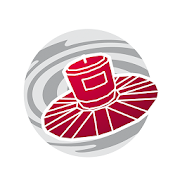
Gaia Alerts VR - Android
Gaia is a European Space Agency (ESA) satellite. It’s five year mission is to construct the largest and most precise 3D map of our galaxy, the Milky Way, this will contain over 1 billion astronomical objects, mainly stars but also planets, comets, asteroids and quasars among others.
